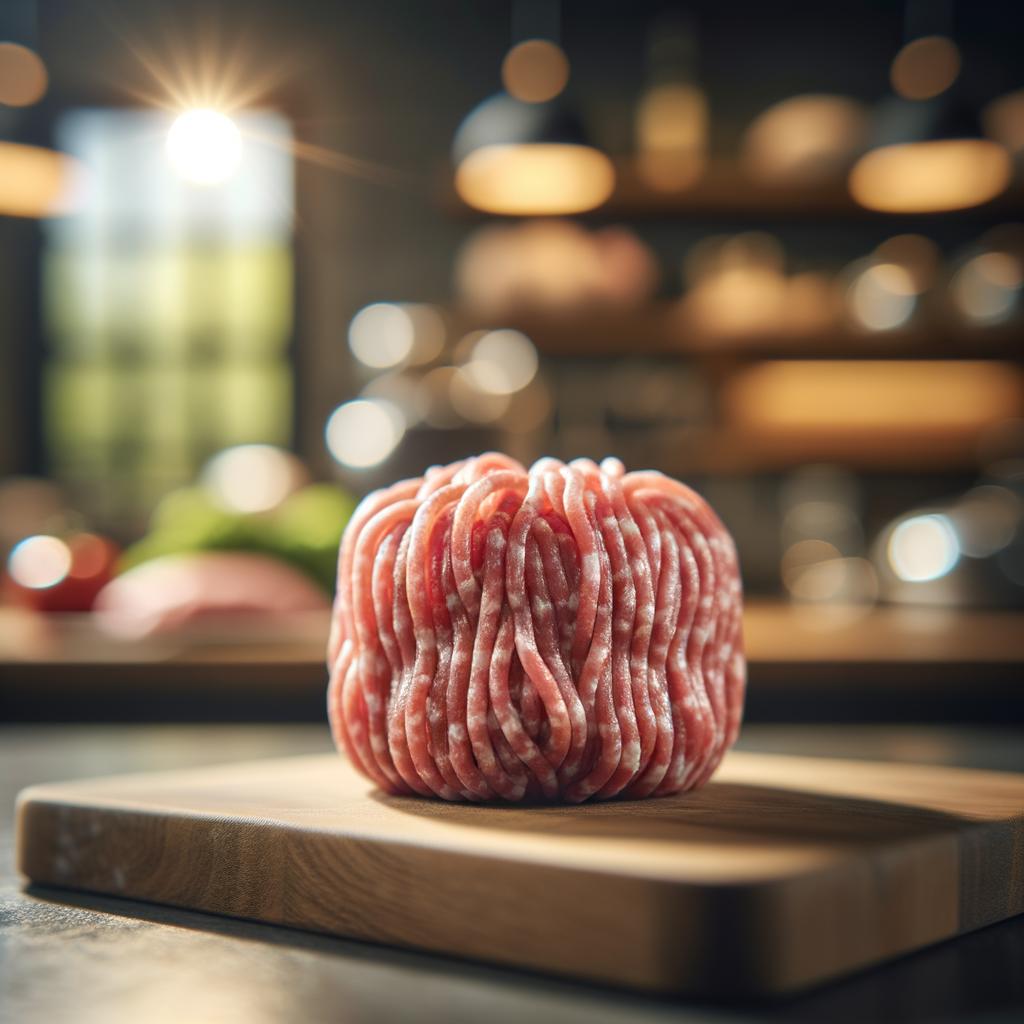Minced Mutton

Description
Minced mutton, known for its robust flavor, is a culinary delight that has been enjoyed for centuries. This fine-textured ingredient is a rich, dark red meat, ground to a soft consistency that melts in your mouth. Its flavor profile is deep and earthy, with a hint of sweetness that sets it apart from other types of meat. Unlike minced beef or pork, minced mutton has a distinctive, full-bodied taste that becomes even more pronounced when cooked. The unique characteristics of minced mutton lie in its versatility, its ability to absorb flavors, and its rich nutritional value.
Primary Uses
Minced mutton is a staple in many global cuisines, from the hearty shepherd's pies of England to the spicy keema curries of India. It's commonly used in dishes that require slow cooking, allowing the meat's flavors to develop and infuse into the dish. In addition to its culinary uses, minced mutton is also used in pet food preparation due to its high protein content. Its cultural significance is notable too, especially in the Middle East where it's a key ingredient in traditional dishes served during festive occasions.
History
The history of minced mutton is as rich as its flavor. Its usage traces back to ancient times, when nomadic tribes would mince the meat to make it easier to cook and consume. In medieval Europe, minced mutton was a luxury enjoyed by the aristocracy. Over time, its use spread across continents, and it became a key ingredient in many traditional dishes. There's an interesting folklore in Scotland where minced mutton was believed to bring good luck when consumed on New Year's Day. Its popularity has only grown over time, with many contemporary chefs reinterpreting classic minced mutton dishes for modern palates.
Nutritional Information
Minced mutton is a powerhouse of nutrition. It's rich in high-quality protein, essential for muscle growth and repair. It also contains a wealth of vitamins, particularly vitamin B12, which is crucial for nerve health, and zinc, which boosts the immune system. Compared to other meats, minced mutton has a higher iron content, making it beneficial for those with iron deficiencies. However, it's also higher in fat, so moderation is key. Despite this, when compared to minced beef, mutton has less saturated fat, making it a healthier option. The romantic tale of minced mutton continues to unfold with each dish, narrating a story of flavor, culture, and nutrition.

